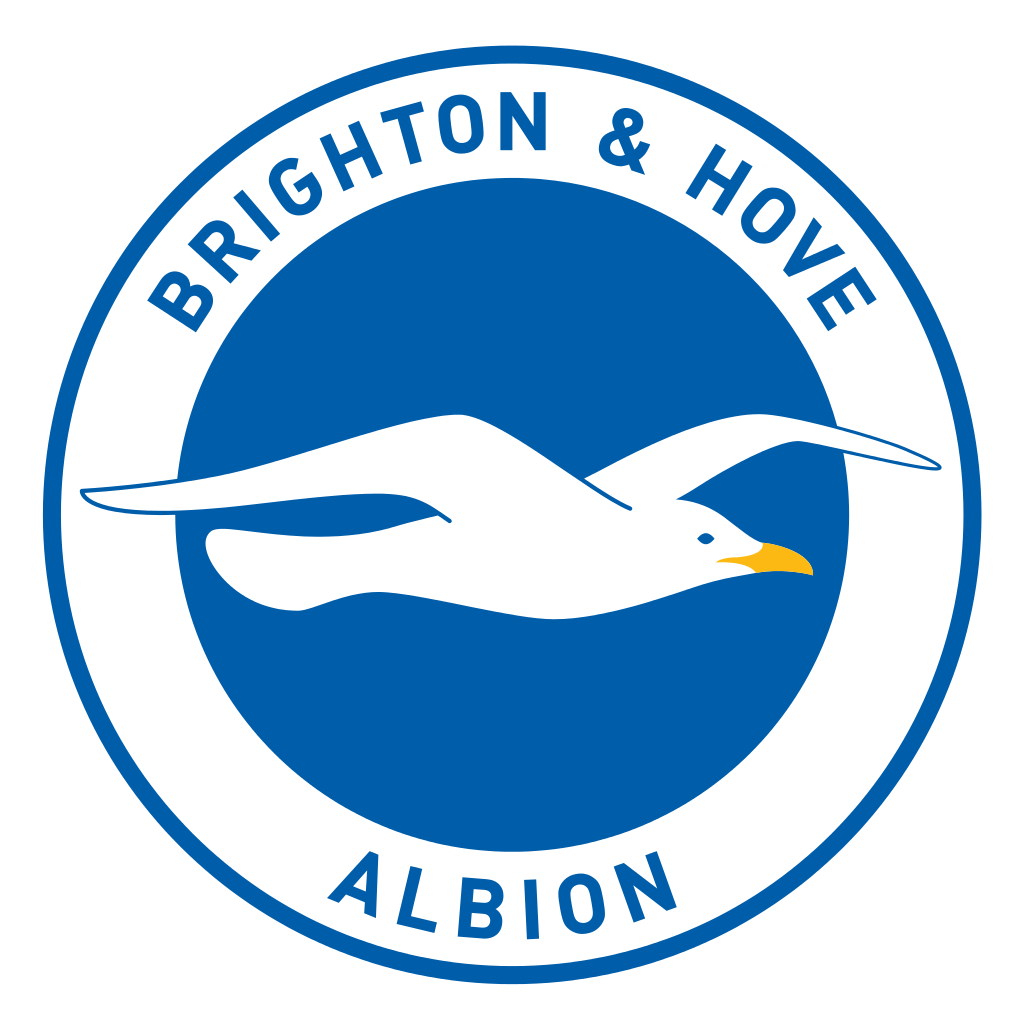Commuters from Brighton, Hove and Portslade are likely to face continued overcrowding, according to the latest strategy document from Network Rail.
The track owner said: “Standing for durations longer than the recommended 20 minutes is likely to remain an issue.”
It said that this was because the number of passengers travelling into London, especially at peak times, was set to grow significantly by 2031.
Train operators may be encouraged to use ticket prices as a way to encourage more passengers to travel outside peak times, which could mean even higher fares for commuters.
The forecasts are contained in Network Rail’s London and South East Route Utilisation Strategy (RUS).
Network Rail said that the RUS was “a long-term strategy for the railway in London and the south east”.
The strategy sets out “the steps needed to cater for increasing demand for rail travel in and around the capital”.
Boost
It also aims to identify ways to “boost capacity, improve journeys and increase connectivity across the region”.
Network Rail said: “The strategy for services into London Bridge and Victoria is based around a combination of train lengthening and the Thameslink programme.”
It added: “A recommendation is made to insert a Clapham Junction stop on some morning peak Gatwick Express services which start from Brighton, which would make best use of capacity overall.”
It also said that it was “keen to investigate further the extent to which ticket pricing structures might enable more even distribution of passenger numbers throughout the day”.
Network Rail said: “Significant additional capacity is now being provided on Network Rail’s Sussex route – the Brighton Main Line – through an extensive train-lengthening programme and the implementation of the Thameslink programme.
“This is in response to recent growth and current crowding problems on these lines.
“The committed extra capacity includes train lengthening on Brighton to Bedford services, which will be lengthened from eight-car to 12-car and peak trains rerouted to run via London Bridge.”
The strategy was produced in partnership with the rail industry, the Department for Transport and Transport for London.
It restates many previously published recommendations which, in many cases, are still required to try to accommodate forecast peak demand.
Essential
It also sets out new projects for which it has sought to avoid major capital spending unless absolutely necessary.
Paul Plummer, Network Rail’s group strategy director, said: “London relies on rail to get more than two million people to and from work each day.
“It’s clear that further investment is essential if rail is to continue to play its part in supporting the economy.
“This strategy provides a clear vision of how rail can continue to cater for the passengers and businesses of tomorrow.
“To make this happen, Network Rail and the rest of the industry need to focus on ways of improving efficiency and value for money.”
Network Rail said that publication of the strategy followed a three-month consultation on the draft strategy, which was published in December 2010.
The company said that it had consulted train operators, councils and passenger groups.







“keen to investigate further the extent to which ticket pricing structures might enable more even distribution of passenger numbers throughout the day”
Meaning we’ll all pay more for no extra service.
After all what options are there except to jack-in your job and go on the dole.
It’s good to see that operators are at least aware of the problems, and exploring creative solutions but when you’re that commuter standing up for 20 minutes twice a day, really, you just want the answers!
If it’s within the rules of this community, I’d just like to mention the website of an organisation I work for, http://www.FixMyTransport.com. It’s a place to contact transport providers direct with any public transport issue or indeed ideas for solutions. The site sends your message off to the operator, and keeps a copy on the website, meaning operators are held accountable to a greater degree. For persistent issues (like trains that are over-crowded every day, or campaigns to reinstate a service that’s been cut back) you can create a support page and rally for more users to join you.